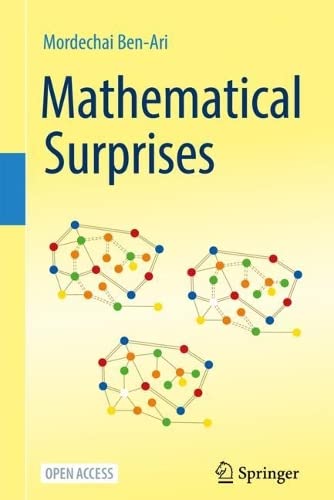

Most ebook files are in PDF format, so you can easily read them using various software such as Foxit Reader or directly on the Google Chrome browser.
Some ebook files are released by publishers in other formats such as .awz, .mobi, .epub, .fb2, etc. You may need to install specific software to read these formats on mobile/PC, such as Calibre.
Please read the tutorial at this link: https://ebookbell.com/faq
We offer FREE conversion to the popular formats you request; however, this may take some time. Therefore, right after payment, please email us, and we will try to provide the service as quickly as possible.
For some exceptional file formats or broken links (if any), please refrain from opening any disputes. Instead, email us first, and we will try to assist within a maximum of 6 hours.
EbookBell Team

4.1
100 reviewsThis is open access book provides plenty of pleasant mathematical surprises. There are many fascinating results that do not appear in textbooks although they are accessible with a good knowledge of secondary-school mathematics. This book presents a selection of these topics including the mathematical formalization of origami, construction with straightedge and compass (and other instruments), the five- and six-color theorems, a taste of Ramsey theory and little-known theorems proved by induction.
Among the most surprising theorems are the Mohr-Mascheroni theorem that a compass alone can perform all the classical constructions with straightedge and compass, and Steiner's theorem that a straightedge alone is sufficient provided that a single circle is given. The highlight of the book is a detailed presentation of Gauss'spurely algebraicproof that a regular heptadecagon (a regular polygon with seventeen sides) can be constructed with straightedge and compass. Although the mathematics used in the book is elementary (Euclidean and analytic geometry, algebra, trigonometry), students in secondary schools and colleges, teachers, and other interested readers will relish the opportunity to confront the challenge of understanding these surprising theorems.